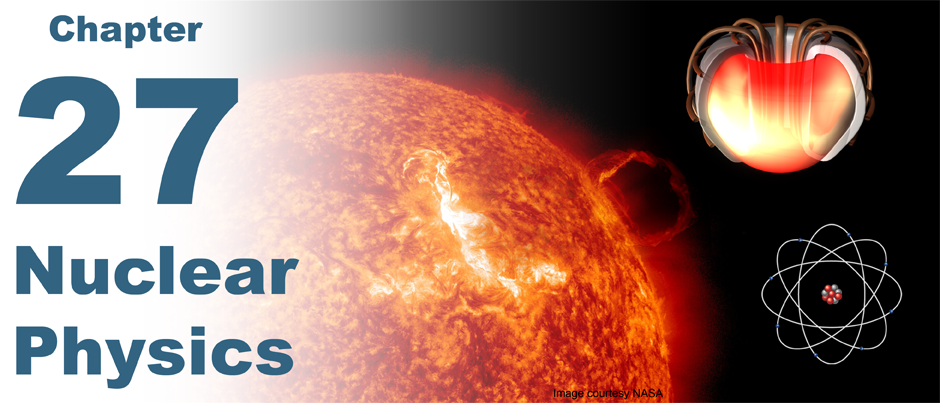 |
The ultimate source of energy in the Solar System is a chain of nuclear fusion reactions in the core of the Sun that combines four hydrogen nuclei into one helium nucleus. Many scientists envision the day when the electricity to power our civilization will come from harnessing the same kinds of reactions here on Earth. There is enough deuterium in seawater to provide limitless fuel for fusion energy, deliver clean power with no carbon emissions or pollution, and make us independent from fossil fuels. Of course, if it were easy it would have been done long ago! Creating nuclear power from fusion energy here on Earth requires us to tame the reactions that power the Sun. The brightest physicists have been working for almost 70 years to develop a practical fusion reactor, a challenge that has been described as the most difficult technological feat ever attempted by humans. 
|
The easiest fusion reaction to produce on Earth is the fusion of deuterium and tritium. Deuterium () is an isotope of hydrogen with one neutron. Tritium () is an isotope of hydrogen with two neutrons. If deuterium and tritium nuclei can get close enough, they react to make a helium nucleus and a neutron. The reaction frees an enormous amount of energy. One kilogram of deuterium fuel, a soda-bottle full, releases more than 400 trillion joules of energy. This is equivalent to the energy content of 4,700 metric tons of gasoline, enough to fill 280 tanker trucks. 
|
For fusion to occur, the nuclei must have enough energy to get close enough to react before their mutual repulsion pushes them away again. In the core of the Sun this occurs at about 15 million K. At that temperature, the reaction rate is about 1 in 2 trillion million (2 × 1018) atoms per second. The Sun’s core is incredibly dense and huge, so a tiny reaction rate still produces a lot of total energy. On Earth, however, a practical reactor needs to produce many more reactions in a much smaller space. The core of a tokamak reactor, such as two of the authors of this book worked on, reaches a temperature five times hotter than the Sun’s core, or roughly 85 million K. Confining and controlling matter at 85 million K is no small feat of engineering. The powerful electromagnets that confine the hot fusion plasma use magnetic fields 20,000 times as strong as the Earth’s magnetic field. They are cooled with liquid nitrogen (at 77 K) to dissipate the heat from electric currents of 100,000 A. Nowhere else in the known universe is there as extreme a temperature difference—from 85,000,000 to 77 K—as is found in a fusion reactor across the space of barely one meter! 
|
| |
|

